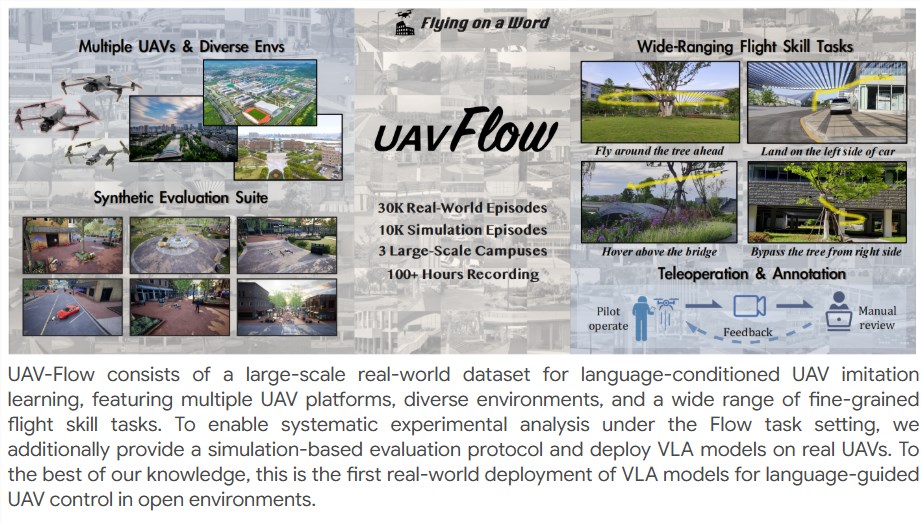Voice-Controlled Drones: UAV-Flow Project Advances Hands-Free Flight
The drone industry stands on the brink of a transformative shift as researchers develop systems that respond to spoken instructions. At the forefront is UAV-Flow, an international project creating drones that understand and execute complex voice commands with remarkable accuracy.

Conversational Control Takes Flight Gone are the days of cumbersome remote controls and steep learning curves. UAV-Flow's natural language processing system interprets everyday phrases like "ascend 20 meters" or "circle the red building" with impressive precision. Early demonstrations show drones navigating obstacle courses and performing intricate maneuvers based solely on verbal instructions.
The system combines advanced speech recognition with real-time semantic analysis, breaking down commands into actionable flight parameters. Even ambiguous instructions like "go toward the tall tree" trigger sophisticated environmental interpretation through onboard sensors.
Technical Innovation Behind the Scenes UAV-Flow's architecture represents a marvel of modern engineering. Deep learning models process speech inputs while dynamic path-planning algorithms translate words into three-dimensional movement. The system's multimodal feedback provides constant updates through voice responses and visual signals, creating an intuitive dialogue between human and machine.
What truly sets this technology apart is its adaptability. Test flights demonstrate reliable performance across different accents, speech patterns, and even moderately noisy environments—a critical requirement for real-world applications.
From Playgrounds to Rescue Missions Potential applications span multiple sectors:
- Consumers could capture aerial footage with simple voice commands
- Industrial inspectors might direct drones to examine infrastructure flaws verbally
- Emergency responders may deploy search drones without technical training
The project has sparked interest in augmented reality integration, potentially allowing users to combine voice commands with visual gestures through AR glasses.
Challenges Before Widespread Adoption Despite its promise, UAV-Flow faces hurdles before becoming mainstream. Regulatory frameworks need updating to address voice-controlled flight in urban areas. The system's computational demands may increase hardware costs initially. Researchers continue refining the technology's performance in extreme weather and multilingual environments.
The development team plans collaborations with major drone manufacturers to accelerate commercialization. As refinement continues, this technology could redefine how humans interact with autonomous systems across industries.
Project details: UAV-Flow
Key Points
- UAV-Flow enables precise drone control through natural language commands
- The system combines NLP with advanced flight path algorithms for intuitive operation
- Applications range from consumer photography to industrial inspections and emergency response
- Current challenges include regulatory adaptation and performance optimization in harsh conditions